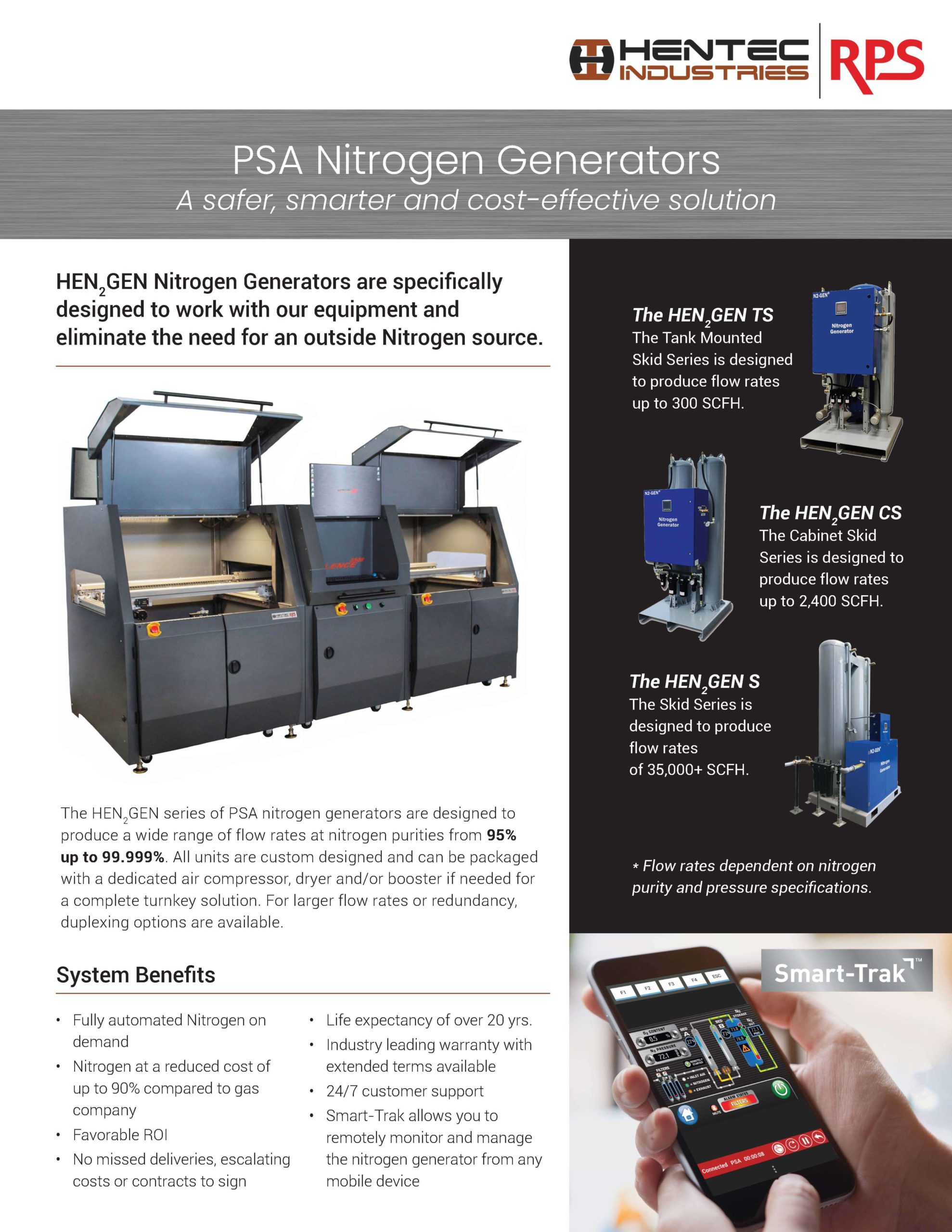How Important Is Nitrogen For Selective Soldering
Most selective soldering systems require a nitrogen supply as the work is done in a nitrogen-rich environment. Or do they?
You might wonder if it is – strictly speaking – necessary given the cost, which is a fair thing for a business to consider. Is nitrogen necessary for selective soldering or – for that matter – any industrial soldering?
Actually…yes.
Nitrogen Is Inert And Air Is Not
The primary reason why selective soldering should be done in a nitrogen-filled hood is that nitrogen, in and of itself, is an inert gas. It does not react to metals and other materials and thus makes for a stable environment.
On the other hand, oxygen does. Oxygen is, for lack of a better word, clingy. It has to have someone to bond with. It looks for one, all the time. However, just like how alcoholics shouldn’t date anyone who owns a brewery, bad things happen when oxygen and metals bond.
Molecules of oxygen infiltrate the molecular bonds at the surface of a material and bond with them, creating a new material. Oxidation, of course, often has negative effects. Non-passivized metals, such as iron, will acquire a top layer of orange iron oxide – rust! – and so on and so forth.
Solder joints can also oxidize if exposed to air. As a result, the melting point rises, introducing more thermal stress on the board and components. And I shouldn’t have to say, thermal stress is bad when soldering. Additionally, oxygenated solder doesn’t spread as well as solder in a oxygen-deprived environment.
In selective soldering, solder flow is hampered by oxidation as the flow point of solder is at a higher temperature. Thus, greater control and precision – necessary for selective soldering of through-hole and other components – is attained in an inert gas environment.
In short, the more oxygen is present, the harder it is to reliably make good connections.
Nitrogen Is Important For Reflow And Wave Soldering
In addition to selective soldering, nitrogen is also important for other soldering methods such as reflow and wave soldering.
One of the primary concerns in reflow soldering is thermal shock, as the board will usually go into the oven cold. Too high a temperature range, and it results in more defective and broken products. Nitrogen gas helps in this respect, as the flow point of most solders is lower in an oxygen-deprived environment. As a result, a reflow oven can be kept at a lower temperature and lower-activating solder pastes can be employed.
Nitrogen gas also reduces solder defects in reflow ovens such as defects in BGA ball solder joints. Oxidation will produce a dimple, like a head in a pillow, which results in a poor quality joint.
In wave soldering, an inert atmosphere drastically reduces dross. This reduces the amount of reworks that need to be done as quality control measures, reduces solder costs and also cuts down on the number of defective units that are returned after leaving the factory. This often pays for the cost of nitrogen gas and then some.
If Nitrogen Is Warranted With Your Selective Soldering, Use It
There are instances in which nitrogen is not necessary. Certain applications of selective soldering, reflow or wave soldering, don’t require an inert gas environment due to the type of solder used or other factors. Additionally, hand soldering doesn’t always require a nitrogen environment.
With that said, you should carefully evaluate the soldering needs of your company. If your specific operation requires use of selective soldering or other types that takes place without needing an inert gas environment, you should do that.
However, many businesses find that using nitrogen is the best course of action. Except in those situations where it needn’t be used, nitrogen usage usually produces a more consistent and better product.


